10 Persuasive Behavioral Segmentation Examples & What To Learn From Them
The importance of market segmentation goes without saying. Many businesses rely only on traditional methods like geographical and demographic segmentation, but behavioral data matters, . Behavioral Segmentation is an effective marketing strategy to get to know your audience and target them based on behavior patterns.
In this article, we will discuss 10 Persuasive Behavioral Segmentation Examples & What To Learn From Them. Read this carefully and find out what you can apply to your business. Let’s get started!
Related Posts:
What is behavioral segmentation?
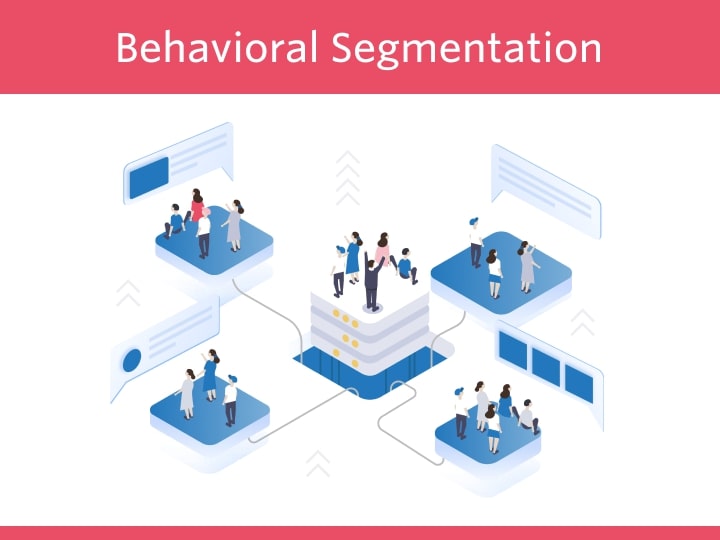
Behavioral segmentation distinguishes customers based on behavior patterns when they communicate with a company. As the names imply, this segmentation category examines consumers’ behavioral characteristics — their awareness of, attitude towards, use of, likes/dislikes, or reaction to a product, service, advertising, or brand.
Behavioral marketing aims to explore how to satisfy the specific needs and desires of the customer groups, customize your product or service to suit certain needs and wishes, find ways to maximize the purchaser’s journey, evaluate its potential value of your business, build a strategic marketing plan that will boost and strengthen the customer base.
It is vital to know that it doesn’t occur independently of other segmentation forms. Characteristics like the age, gender, location, income, and occupation of a customer also associate with behavioral data. In other words, you can use behavioral data to validate any assumptions about other segmentation data.
Read more:
- How to Become an Online Retailer?
- 15 Key SaaS Metrics that every Business should care
- How to conduct a Brand Audit for your business?
- What is Co-Branding? Pros & Cons and Examples
10 Main methods & examples of behavioral segmentation
1. Purchasing and Usage Behavior

Now, to illustrate, take a look at your favorite carpooling app. For example, the service is, used by a working professional to commute to and from the office on weekdays. Yet, with more free time on weekends, they choose to drive, park, and walk to their destination; consequently, the service is not used.
The ride-sharing company could offer weekend incentives to encourage use on days that they would not be using the app.
Many businesses understand the importance of monitoring their product’s purchase, usage, and consumption as a way of predicting demand. Customer segmentation based on their purchasing behavior is useful for identifying when your marketing will be most powerful.
2. Benefits Sought

Other differentiating variables in the segmentation of behaviors are the advantages that various consumers seek from an activity. For instance, some Starbucks consumers are motivated by the ease of ordering via the mobile app. Their drinks are packed and paid for when they walk in to pick up.
Many customers prefer to order with a barista and enjoy a busy coffee shop setting. Other customers can also want to skip the barista, order online, and work in the cafe for hours.
Knowing the various benefits that consumers seek out from your product or service will help you improve the process of satisfying each segment with that experience.
3. Customer Loyalty

Loyalty is one of the most important elements of behavioral segmentation. You should not ignore users who demonstrate loyal behavior to your company. Setting up a rewards program is one of the most popular strategies marketers use to respond positively to consumer loyalty.
A rewards program can be as easy as a mobile stamp card sort of “buy 9, get the 10th free.” Long-term user retention and loyalty building among users can be achieved by the mission: treat loyalty as royalty.
4. User Status
Another approach to distinguish different customers behaviorally by their interaction with your company is the user status. The most common examples of user status are non-users, prospects, first-time buyers, regular users, and defectors (ex-customers who have switched to a competitor).
However, possible user statuses vary based on your company size and type. For instance, a business with a free to pro model or free trial model may have a status for “freemium users” or “free trial” users.
5. Occasion Purchasing
This aspect of behavioral segmentation recognizes timing to be a defining factor of buying a product within a customer’s life, year, or day.
Life milestone acquisitions like an engagement ring or house, seasonal purchases like holiday decorations and gifts, and regular purchases like coffee or food are occasional shopping variations.
Starbucks uses behavioral segmentation to reach its daily morning customers with an incentive to bring them back into later in the day for another order. Because these frequent consumers tend to have afternoon coffee on occasion, Starbucks uses email marketing and sends push notifications to deliver happy hour events within their mobile app.
6. Engagement Level
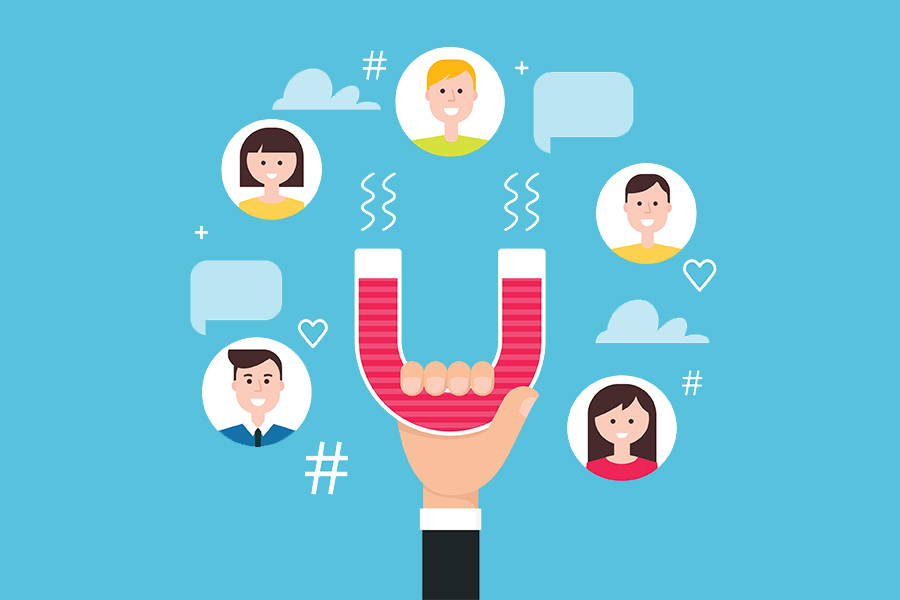
You should also find out how engaged your customers are and who your most and least engaged customers are. Depending on your business and your role, your assessment of engagement is different.
Earlier, we have mentioned usage-based behavioral segmentation, which is all about the customer interactions with your product or service. Though segmenting customers by their engagement levels may involve usage, it also includes a wider range of consumer experiences with your brand that can be equally useful in determining the customer relationship’s effectiveness.
Suppose a user has positive interactions with your brand and is ready to communicate more regularly and invest extra time engaging with your brand. In that case, this is probably a good indicator of promising results to pursue.
A longer time spent by a user when engaging with your brand with positive experiences means that there is an improvement in trust, a positive perception towards the brand, and their brand relationship. Not only that, the likelihood of them placing an order will increase.
Engagement is an important metric of the customer journey in both pre-and-post-purchase extents. For instance, you could use engagement-based segmentation to recognize how various customers are active in your pre-purchase process, or how involved current customers are in your user group.
You could assess engagement at a single user level, overall business or product level, or both. In either circumstance, segmenting your customers by their engagement level is incredibly useful for knowing which customers are most and least engaged with your brand at any given time, reasons behind this, and then find out how you are going to deal with it.
7. Interest
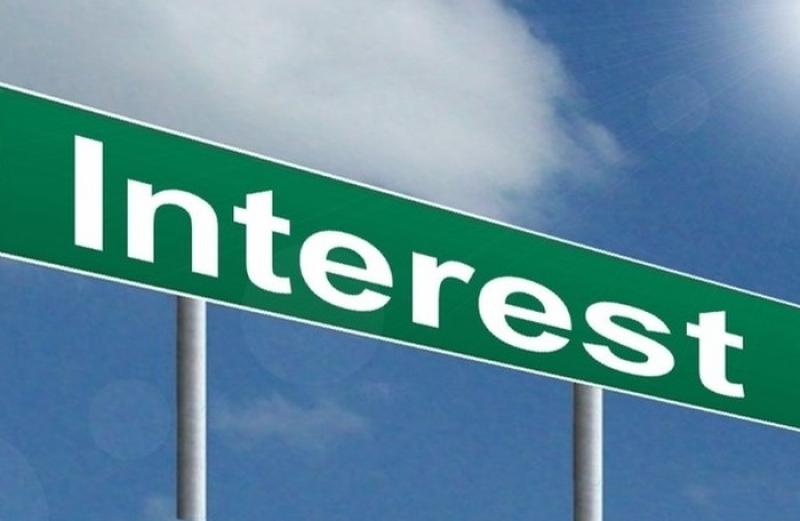
Recognizing your customers’ personal and professional interests is crucial to customization, customer engagement, and offering value.
Behavioral Segmentation based on interest can be useful in giving customized experiences that maintain the customers’ level of engagement and tempt them to return to you in the future. Whatever your goal is, it holds. Whether you try to improve product usage, target customers with cross-sell or upsell offers, or present the useful content and communications to retain customers and support them along the journey to buying, or a way to advocacy.
To propose content and products completely based on customers’ behavioral interests, Netflix, Amazon, and Spotify use recommendation engines. With the segmentation of interest behavior, you can completely link particular interests with other possible related interests.
Thus, every time you identify a customer interest behavior, you are measuring the level of interest of a customer in a specific topic and multiplying the number of additional potential interests/topics that could help engage that customer.
To scale the process, you can use machine learning. The number of customers who engage and interact increases, then you will have a chance to determine, infer, and measure over time interest-based behaviors.
8. Price by Device

Because business is becoming less of face-to-face interaction, marketing has become much more dependent on information to bring together all the mystery of the consumer profile. Using device data, for example, and knowing how various customers buy these devices.
For instance, Apple products are usually bought by a more wealthy consumer due to their high price associated. To a less wealthy consumer, PCs, and Android apps are less costly and thus, more affordable.
9. Perfect Your Timing

Some consumers have a routine which is strictly controlled, whereas others are more flexible. Knowing the pace at which users re-engage with your app will help you determine when to send users the push notifications, email marketing materials, or other messages to make them return to your product.
Analysis of data on the behavioral segmentation helps you to maximize your messaging timing and can provide some useful insights.
For example, your company has identified the app for South America, yet after studying behavioral segmentation, you know that many people are using the app at midnight. So, for most engagement, you can send push notifications shortly before midnight rather than in the early morning.
10. Use Location-Based Segmentation
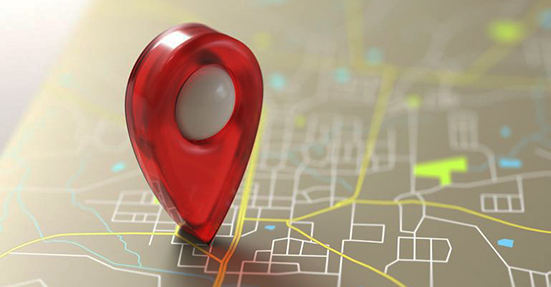
Another technique is to examine location data to target consumers strategically premised on their past, present or predicted position.
Ridesharing apps use certain neighborhoods’ behavioral segmentation to predict demand and pricing. For example, urban areas with a late-night bar scene need more drivers in the neighborhood around closing time bars, and higher prices to meet demand.
Carpooling apps also use your current location, previous behavior, and day time to identify where your ultimate destination could be. For instance, if you’re home and open the app at 8:00 a.m. on a Monday, the app could recommend your office as a potential destination, which would improve user experience.
Overall, what we have mentioned are methods of behavioral segmentation, which is a type of market segmentation. Hold on, what is market segmentation? Well, it is the procedure of categorizing potentially customers into specific groups or categories depending on multiple features that are crucial to you. Customers in a group share have the same characteristics and similarly respond to your messages.
The segmentation goal is to allow you to deliver a more tailor-made message that will be effectively accepted. It is helpful for companies that have on the marketplace a product or service that has various applications for different classes of consumers.
To explore more about this, check out our post here: 5 Types of Market Segmentation with Examples.
Behavioral segmentation example: How Nike segmented their customers?
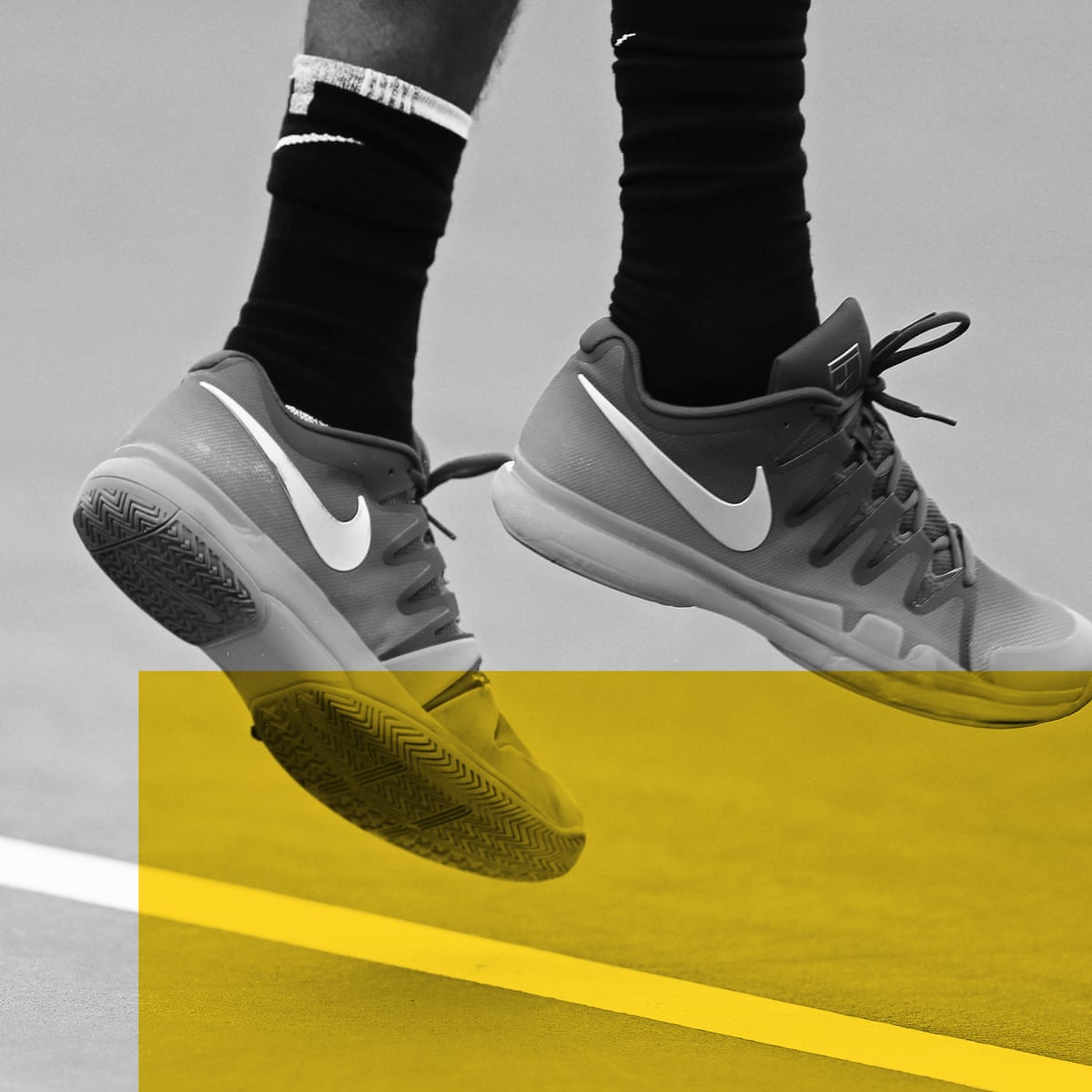
Nike had classified its consumers into four groups that are demographic, geographic, psychographic, and behavioral segmentation. For demography segmentation, Nike has covered various age groups, gender, and the financial status of its targeted customer.
Nike has divided its items through different age groups, mostly between the ages of 15-55 and gender. There are three types of categories, men’s products, women’s products, and last but not least the child’s product, which enables customers to be better served and have a better customer experience.
For geographic segmentation, Nike has its stores around the world, and they fully comprehend that every country has its own culture and lifestyle habits. Nike has set up various products in a specific country to meet the needs of the regional customer. For instance, in the winter, Nike manufactures sneakers and clothing that can prevent the cold, as opposed to Singapore when the whole year is summertime.
Nike’s psychographic segmentation is that they give their consumers an array of items that match their preferences and meet their expectations. Nike tries to figure out what their customer wanted because not all consumers who purchase Nike likes to do sports and psychographic segmentation gives Nike insights, to create various types of items for buyers on the basis of their desire. Young adults, for instance, choose Nike shoes mostly because it’s a high-quality fashion lifestyle and they’d want to keep up with the trends.
And most importantly, what we want to emphasize here is behavioral segmentation, Nike delivers value to people because they offer supportive footwear, apparel, and helpful sporting equipment for an active lifestyle.
Nike also recognizes that they’ll need to work on their products to fulfill the needs of most people. For instance, Nike has produced similar pairs of shoes that are Nike Air Force 1 1 High iD and Nike Air Force 1 Med iD to serve various customer types because their tastes vary from each other.
How to use behavioral segmentation effectively?
1. Research your audience
Carry out an analysis of the audience to gain a better understanding of your customers and prospects. Execute interviews and surveys to find patterns in consumer behavior, delve into the business data, and study audience preferences.
2. Create buyer personas
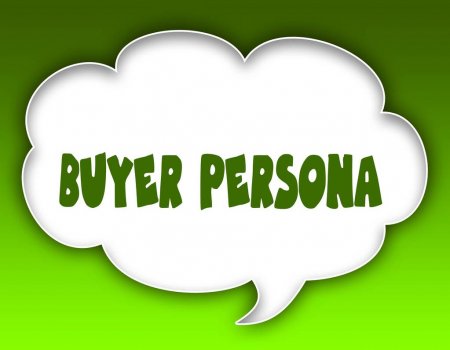
A buyer persona is a comprehensive customer profile containing their priorities, pain points, demographic details, etc. From the knowledge you gain from your audience analysis, you can create three to five customers personas that represent your average customers and/or prospects that you want to target.
3. Map out the buyer’s journey

After you know who your customers are, you should map out the journey they take on their way to working with you. For each buyer persona, create a customer journey map that describes what action the customer is taking during each stage of the buying funnel.
4. Develop behavioral marketing campaigns

Now that you have your buyer personas and customer journey map available, the next step is to recognize themes in customer activities and behavior. To classify audiences into groups that represent marketing opportunities, you can use multiple types of behavioral segmentation.
You can classify customers by buying habits and launch various marketing campaigns to target habitual buyers (where the sales process is rapid) and complex buyers (where the sales process is slow and more information and guidance for customers is needed.
Besides, you can see what a customer is doing along their journey, and use content mapping to create content that guides them for each phase of the process.
You should also determine and target the most potential consumers to respond to your marketing messages by concentrating on the most loyal ones and establish innovative marketing strategies that concentrate on the most significant advantages for your current and potential customers.
Related posts:
- Persuasive Writing Techniques to Increase Conversion
- What is an Internal Analysis?
- What is BANT?
- Marketing Intermediaries
Summary
To sum up, to effectively reach the right audience at the right time, you should adopt a behavioral segmentation strategy. Leveraging your behavioral data is as important as doing that for other customer data, so to stay ahead of the competition, you should not underestimate this type of market segmentation strategy.
If you have any questions, comments, or concerns, do not hesitate to leave us a comment in the box below. Share it with your friends and feel free to visit other blog posts to get more valuable content.
New Posts







